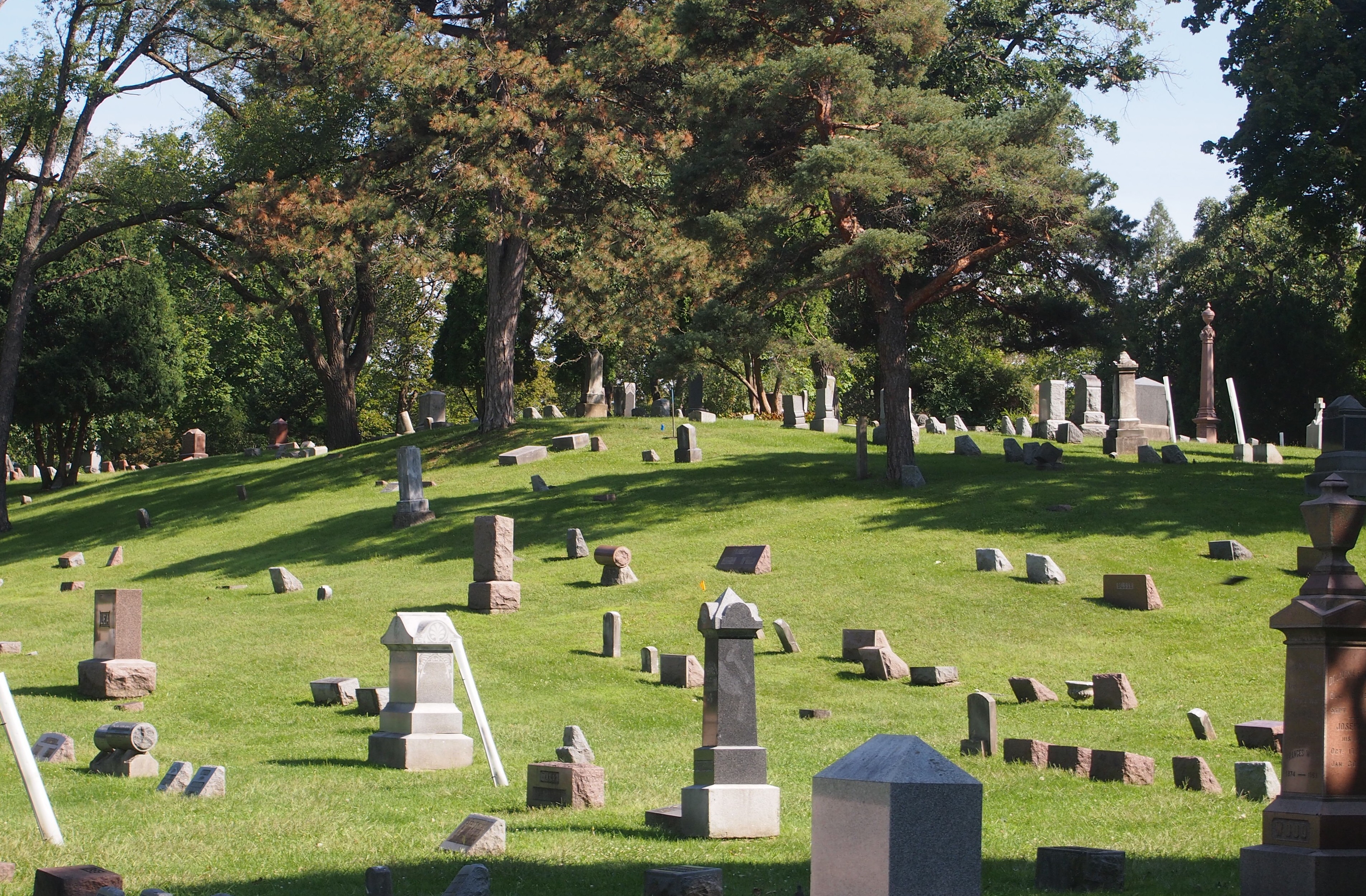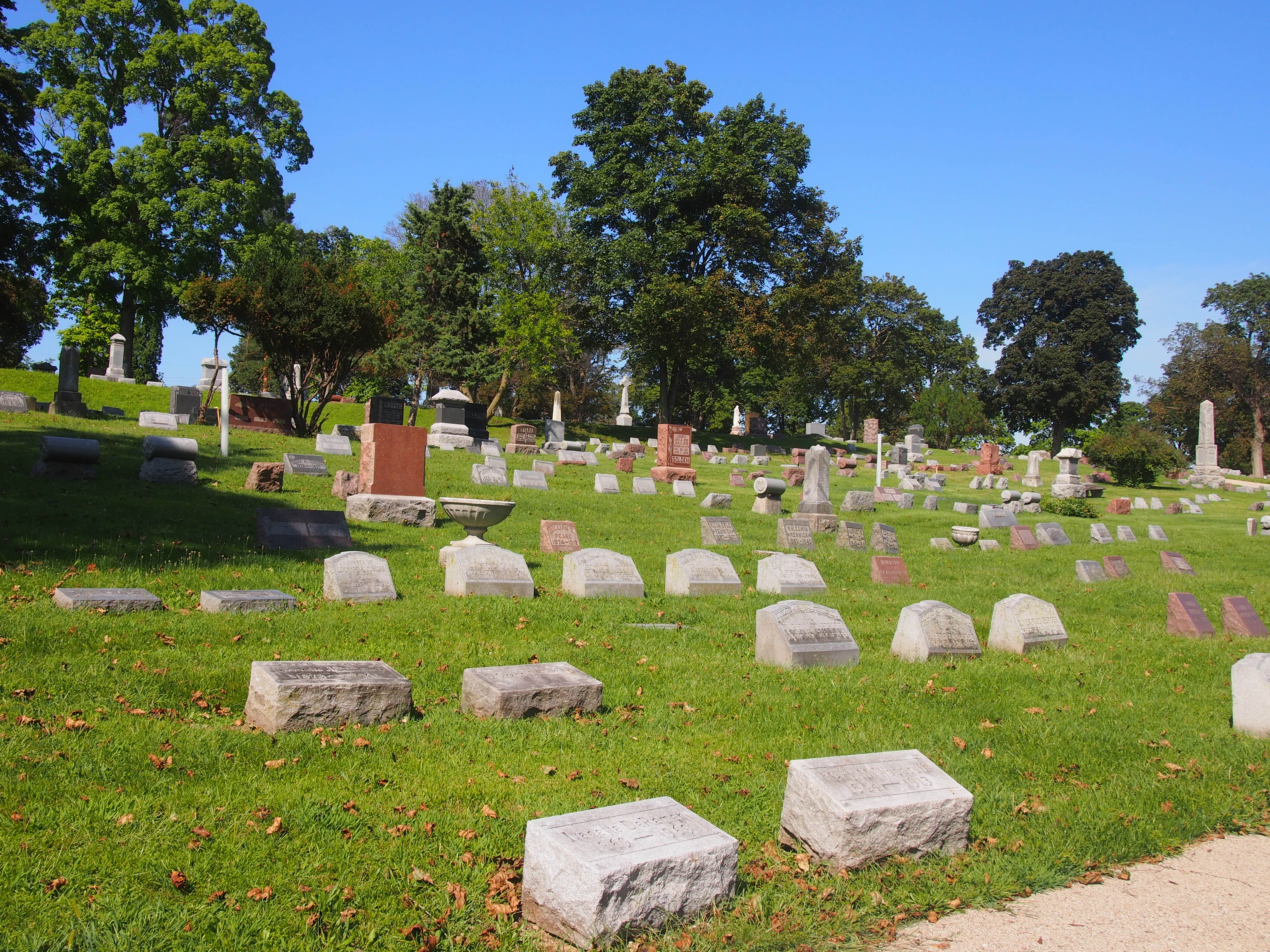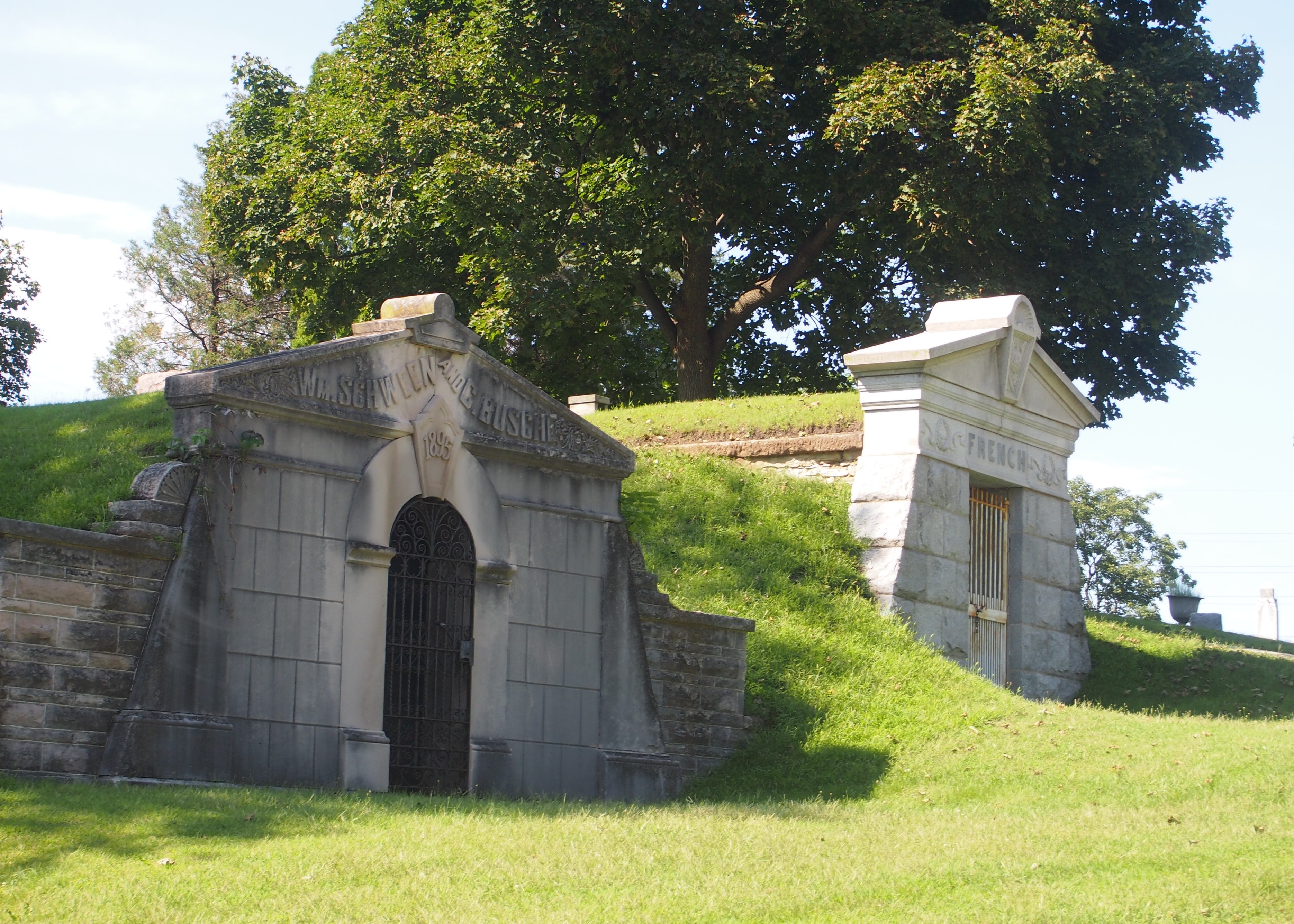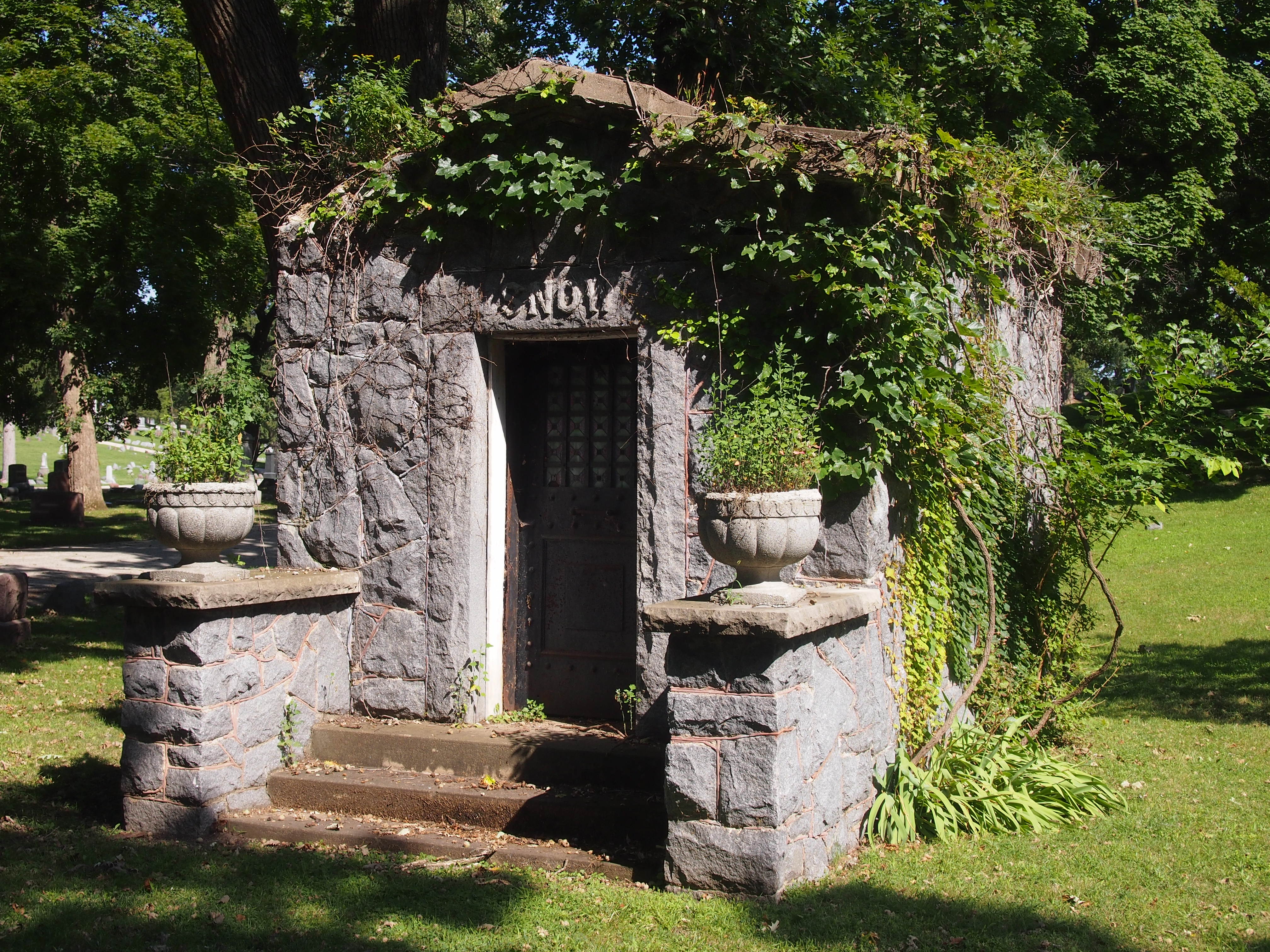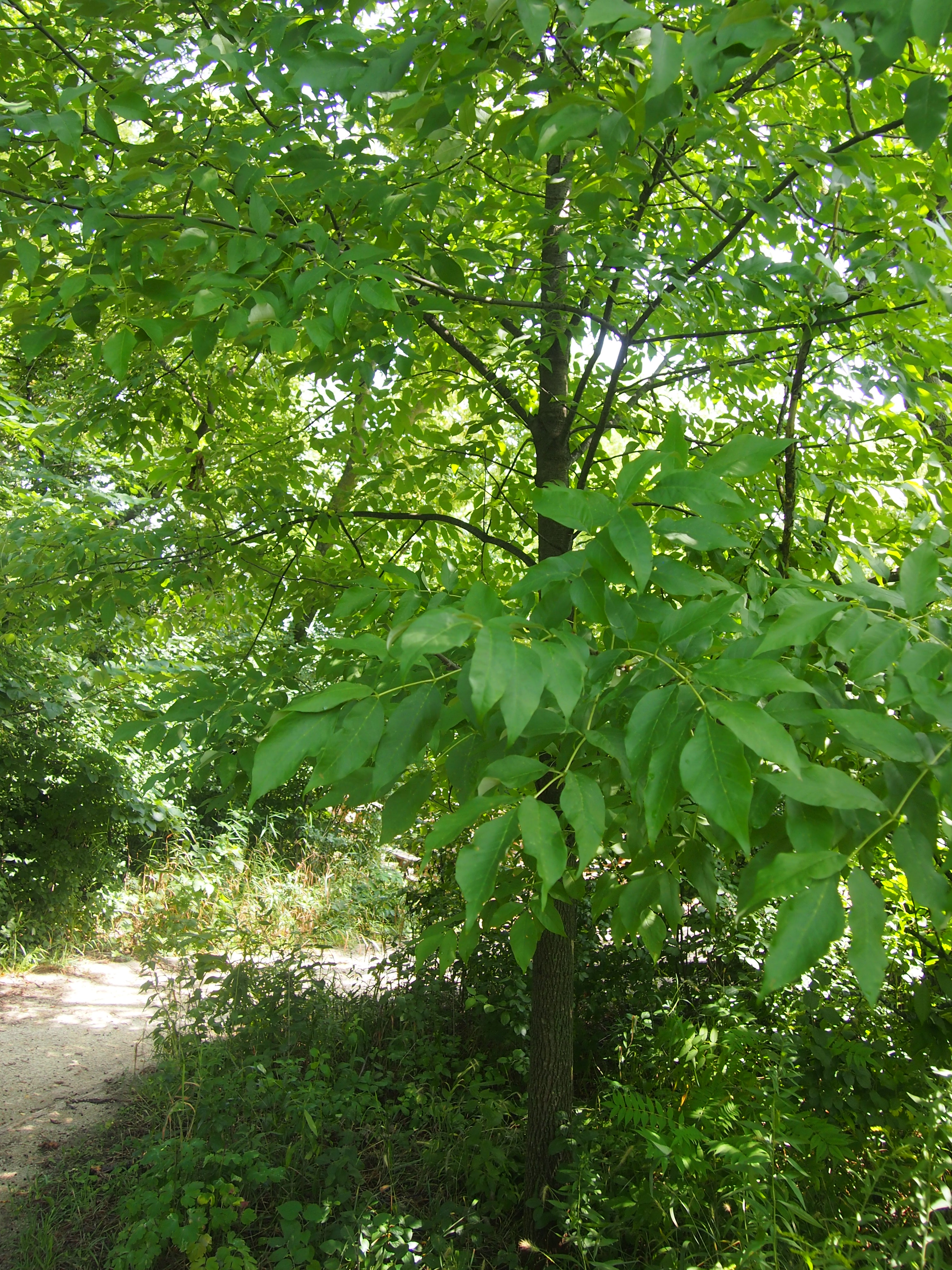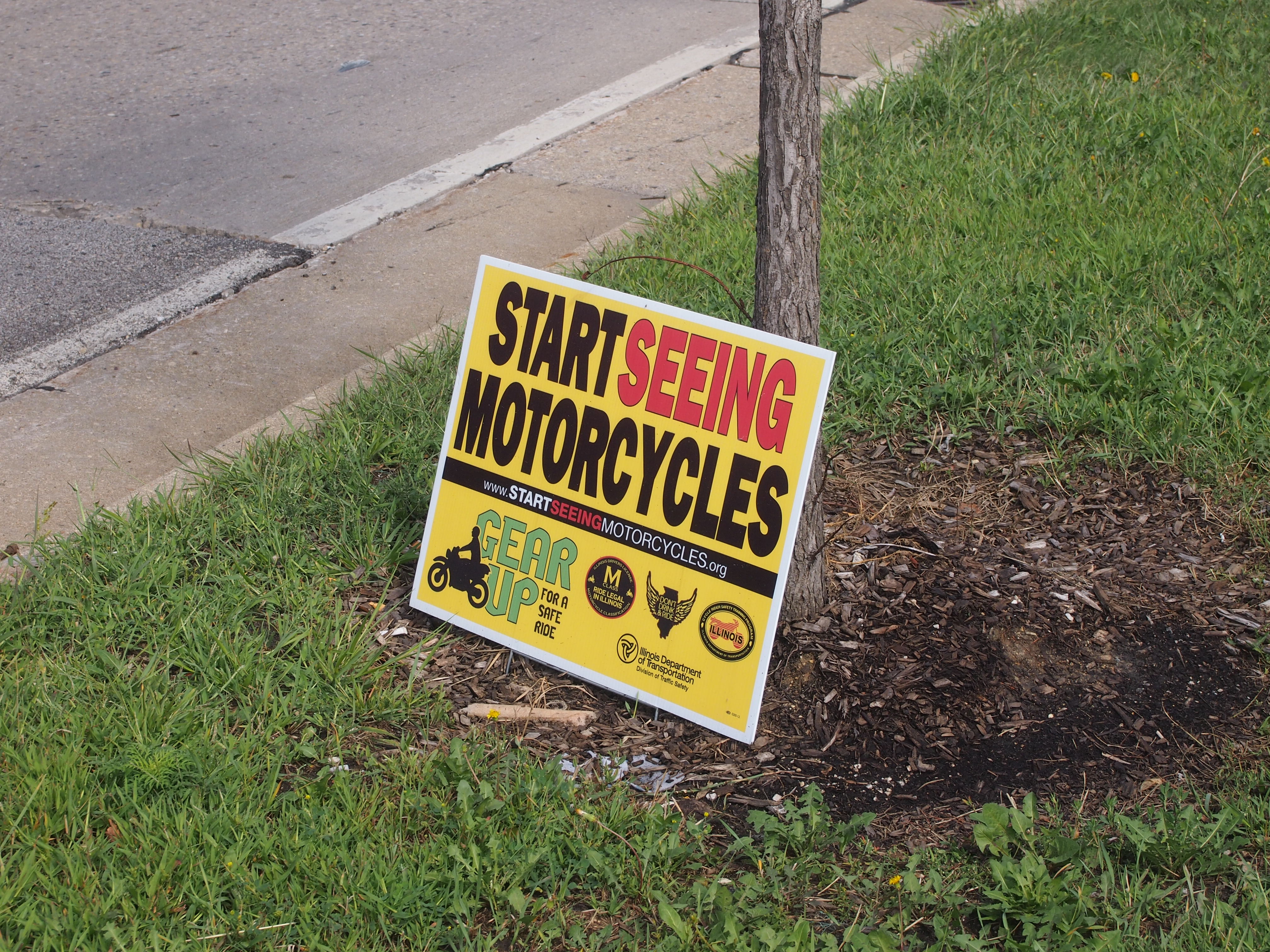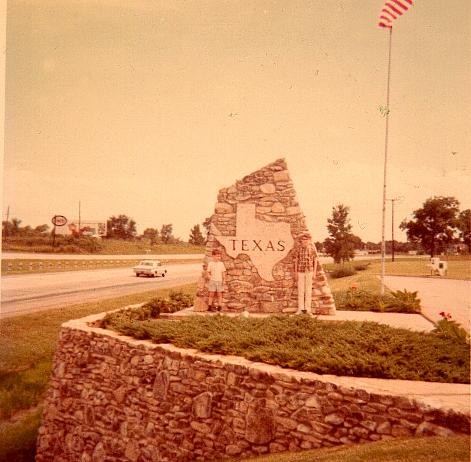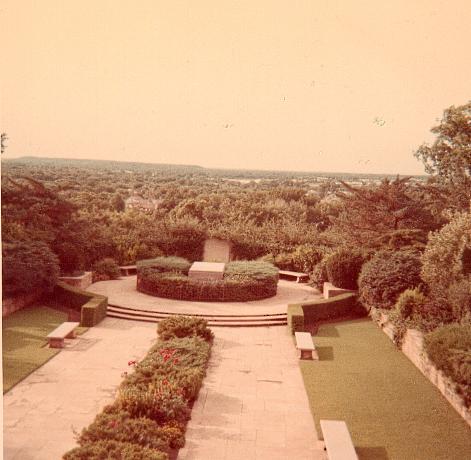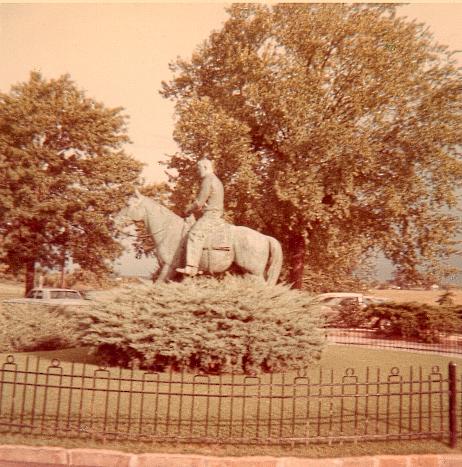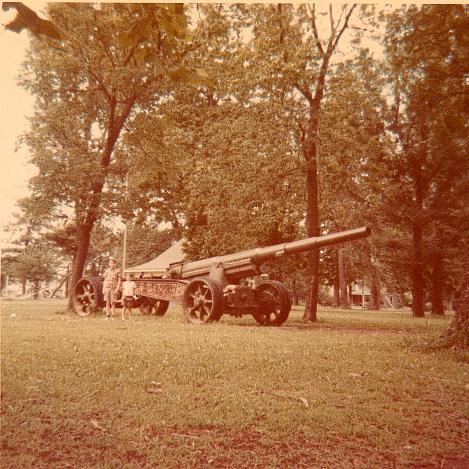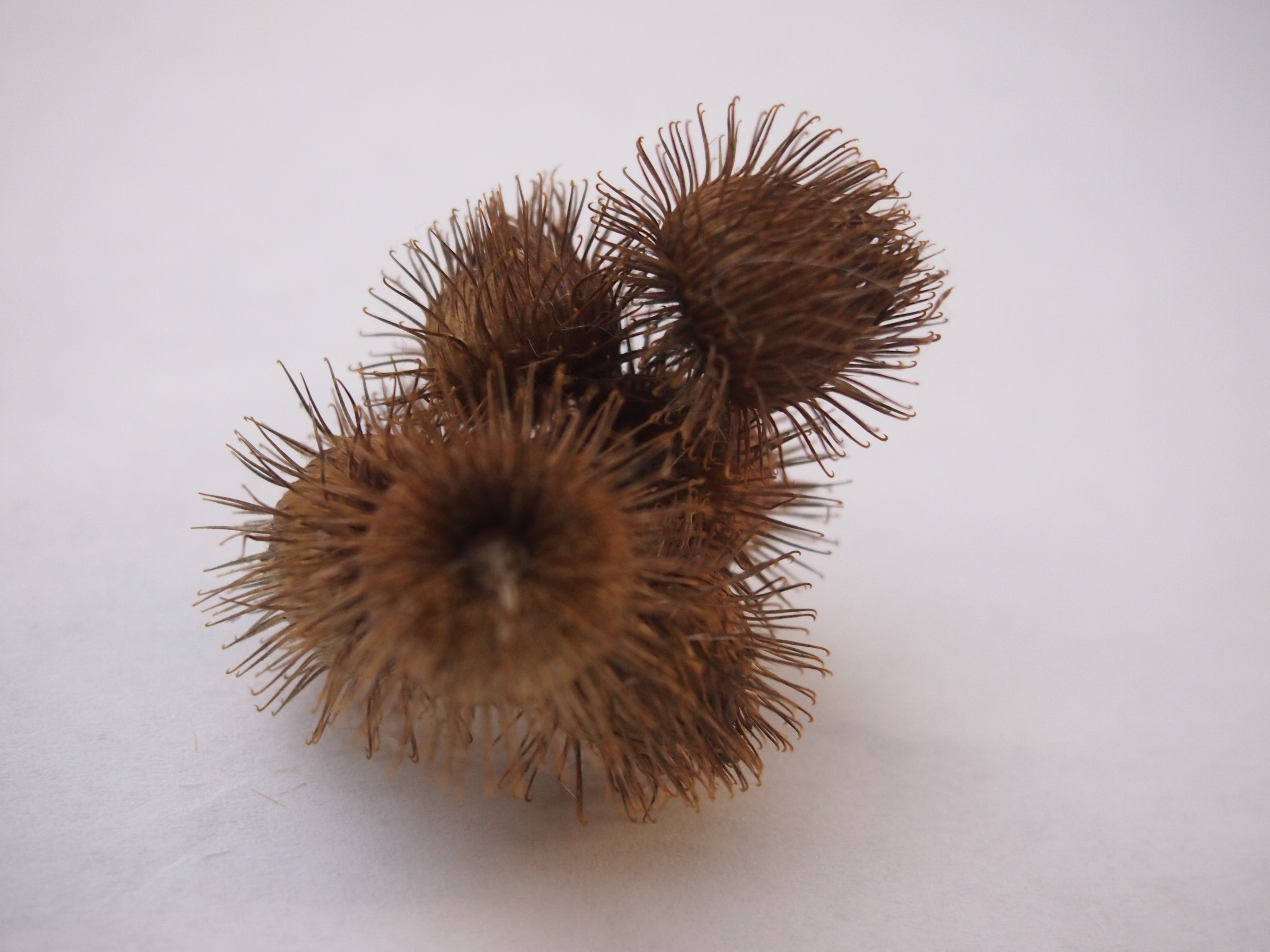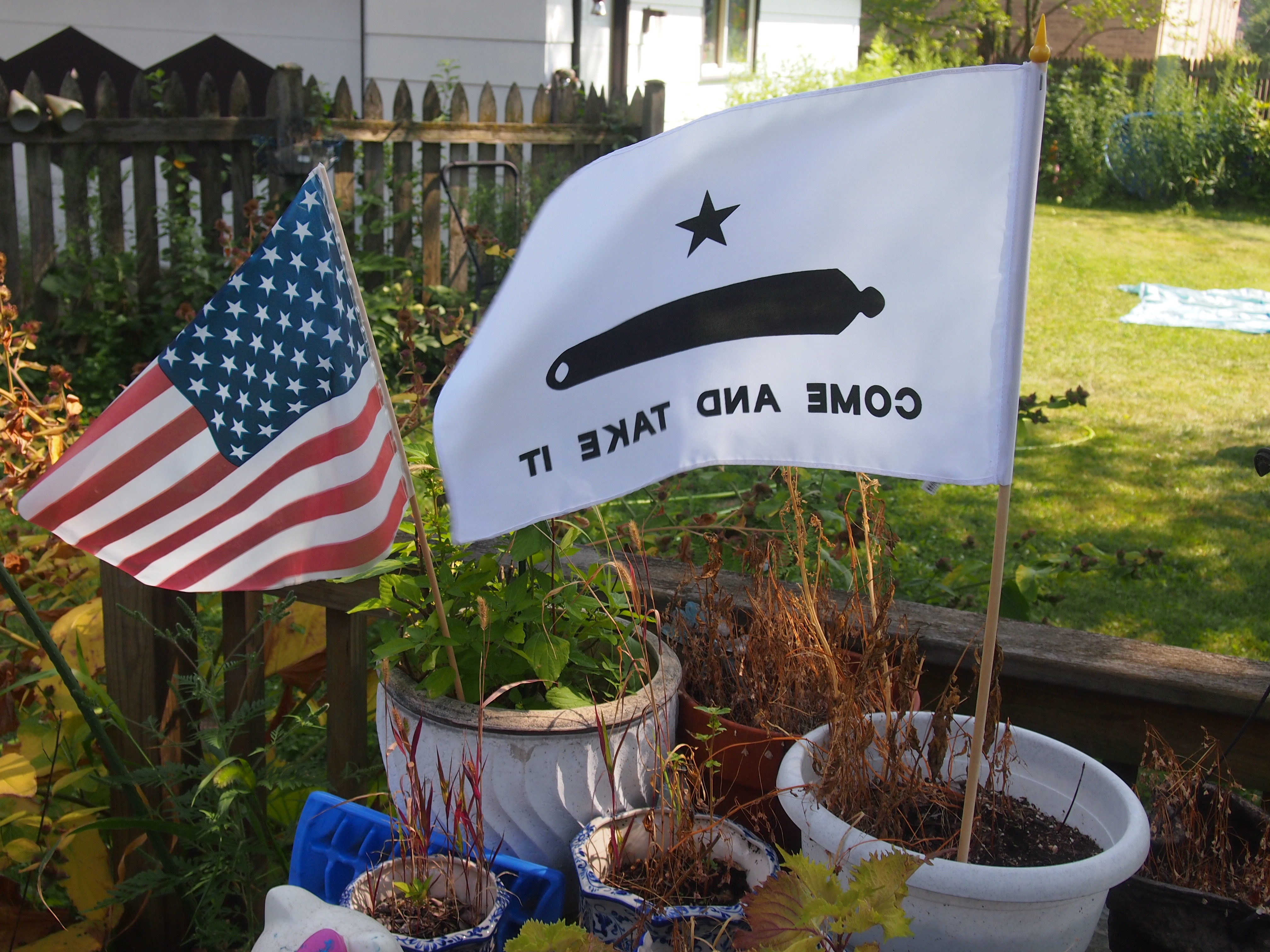Back again on September 2. Labor Day weekend is no time to do work, if you can avoid it.
When in doubt, go to a dictionary. If one isn’t enough, go to two or more. First, the American Heritage Dictionary of the English Language, New College Edition, print version. Fen: “Low, flat, swampy land; a bog; marsh.” Next, Merriam-Webster, online version. Fen: “Low land that is covered wholly or partly with water unless artificially drained and that usually has peaty alkaline soil and characteristic flora (as of sedges and reeds).”
I found myself wondering about the exact definition of a fen when walking through a fen the other day. The Bluff Spring Fen. It was clearly a low wetland, and I’ll say this about a fen in August, especially in a rainy year — there’s a lot of characteristic flora.
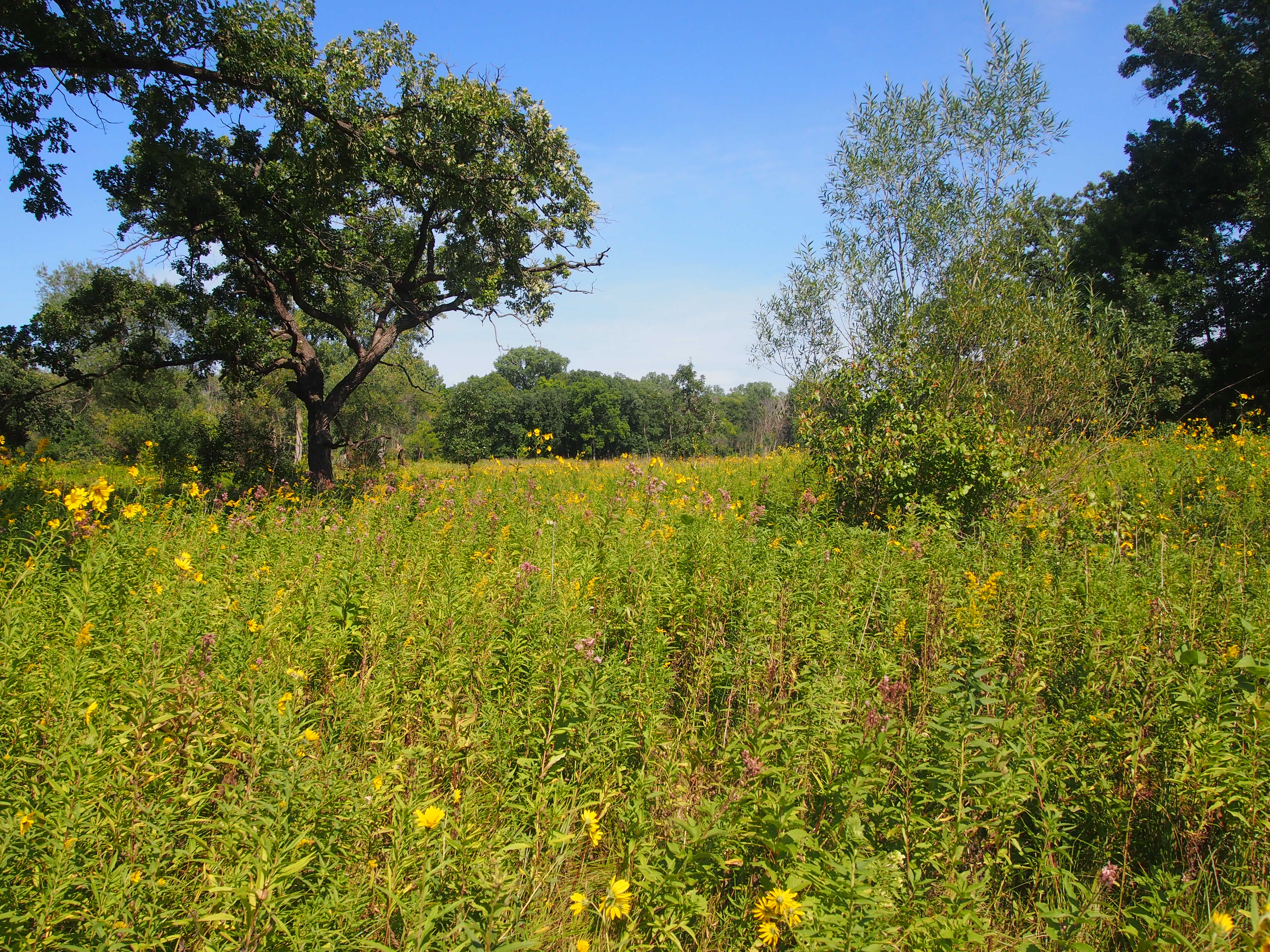
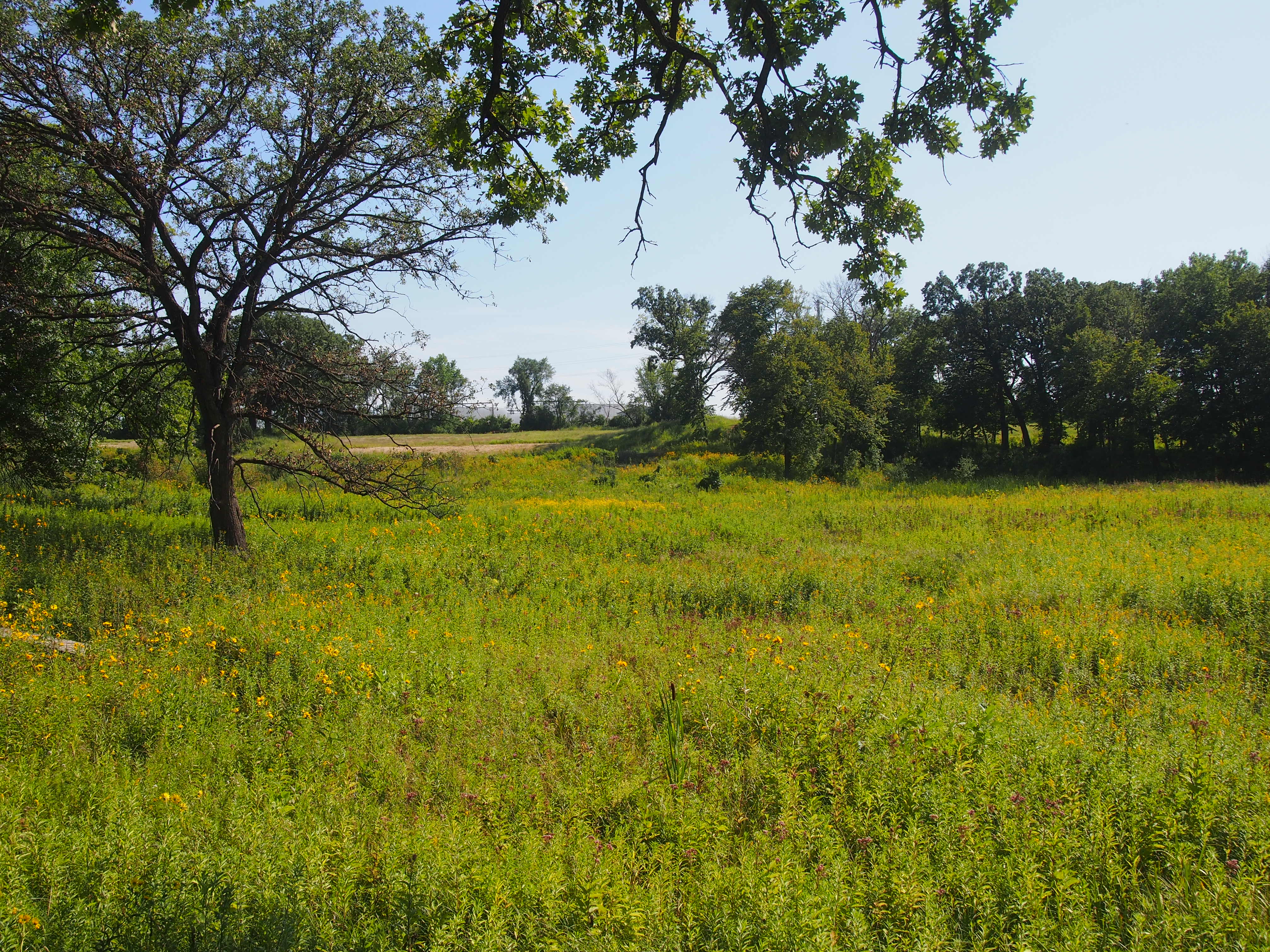 The only visible work of man is the footpath through the fen, which isn’t very visible, except in those few spots where wooden planks cross extra-low, extra-damp terrain.
The only visible work of man is the footpath through the fen, which isn’t very visible, except in those few spots where wooden planks cross extra-low, extra-damp terrain.
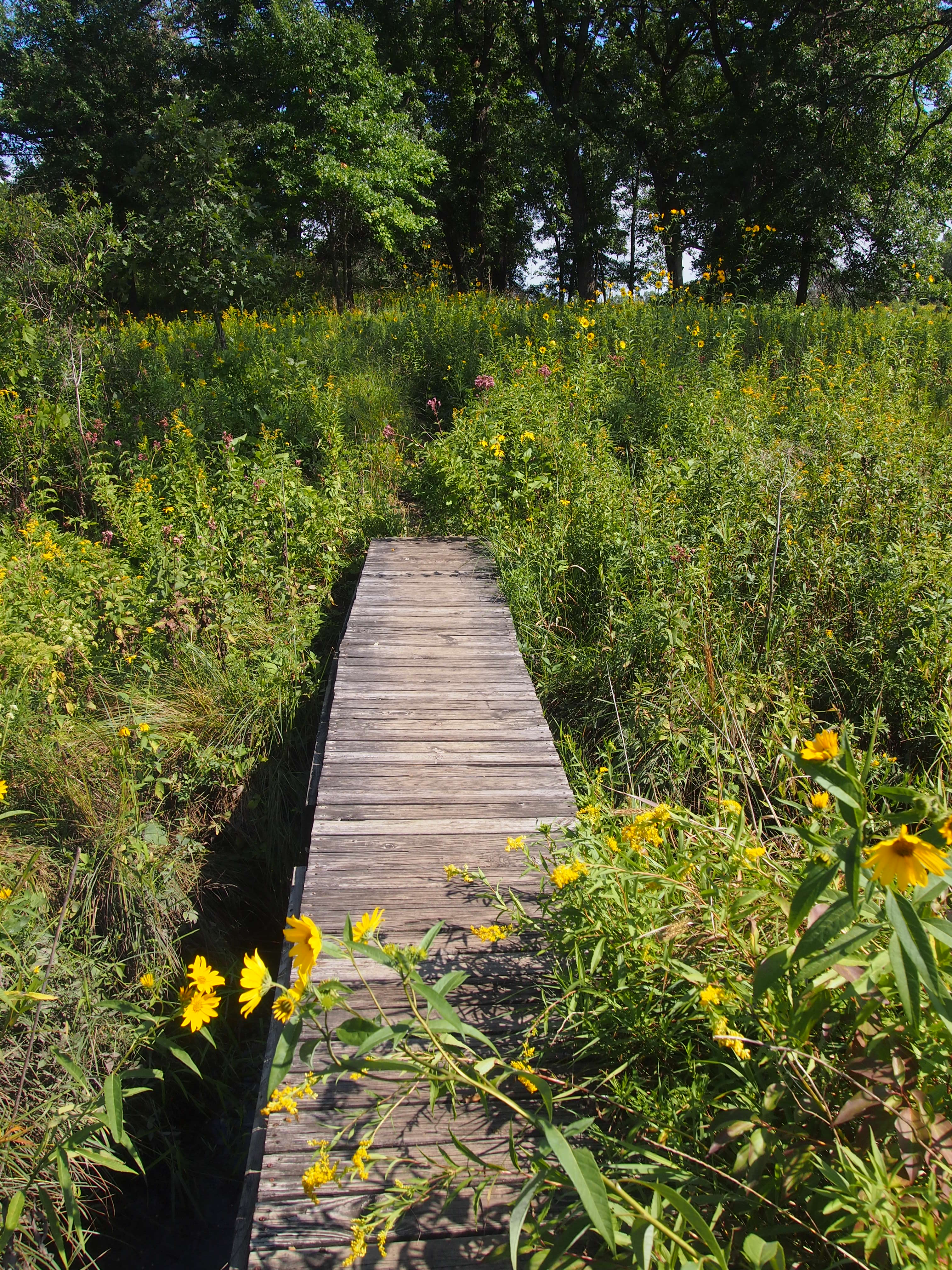 The fen is next to the Bluff City Cemetery, described yesterday. Toward the bottom of the bluff, in fact, and accessible through the cemetery grounds. The web site of Friends of the Bluff Spring Fen gives a more complicated definition of this particular fen: “Bluff Spring Fen is a 100-acre Illinois Nature Preserve in Elgin, Illinois, named for its rich, calcareous fens. These rare wetlands are fed by springs coming up through the ground bringing mineral-rich water. This alkaline water comes out of the ground at about 50 degrees, keeping the springs and streams flowing year round, and supporting animals and specialized plants that are adapted to these conditions.
The fen is next to the Bluff City Cemetery, described yesterday. Toward the bottom of the bluff, in fact, and accessible through the cemetery grounds. The web site of Friends of the Bluff Spring Fen gives a more complicated definition of this particular fen: “Bluff Spring Fen is a 100-acre Illinois Nature Preserve in Elgin, Illinois, named for its rich, calcareous fens. These rare wetlands are fed by springs coming up through the ground bringing mineral-rich water. This alkaline water comes out of the ground at about 50 degrees, keeping the springs and streams flowing year round, and supporting animals and specialized plants that are adapted to these conditions.
“The Fen is not just the wetlands. It is a myriad of habitats including prairies, savannas, wetlands, and woodlands. Each one of these groups can be broken down further into subcategories… Rare and endangered species can be found here, such as the Small White Lady’s Slipper Orchids, the Baltimore Checkerspot Butterflies, and the Elfin Skimmer Dragonflies. To date, over 450 plant species, 57 butterfly species, more than 20 dragonfly species, and almost 100 bird species, including 33 nesting, have been recorded at the Fen.”
I don’t know if I saw any Elfin Skimmer Dragonflies, but I did see a lot of dragonflies. Squadrons of dragonflies. All beating their wings, causing typhoons in the South China Sea. Or was that butterflies? Saw a fair number of them, too. But not as many mosquitoes as I expected, fortunately. Always a good thing when you’re out in the middle of a fen.
